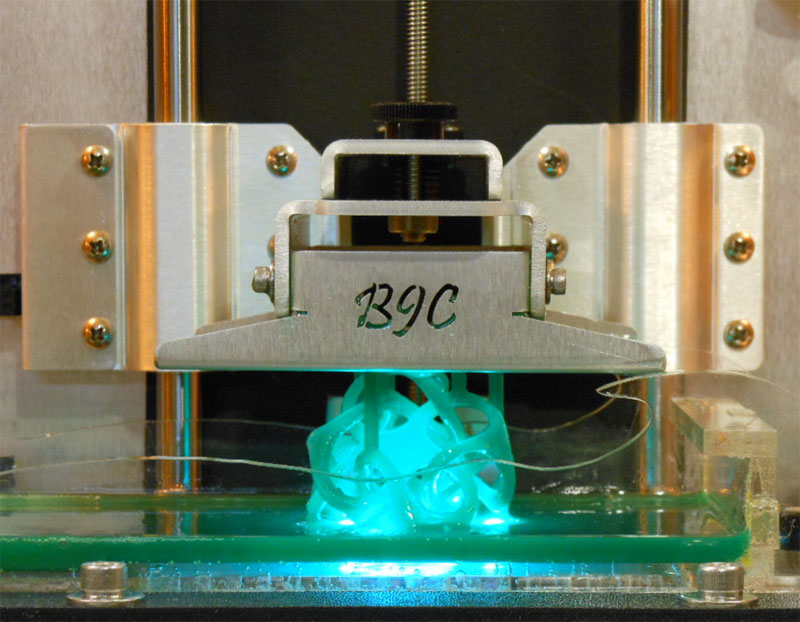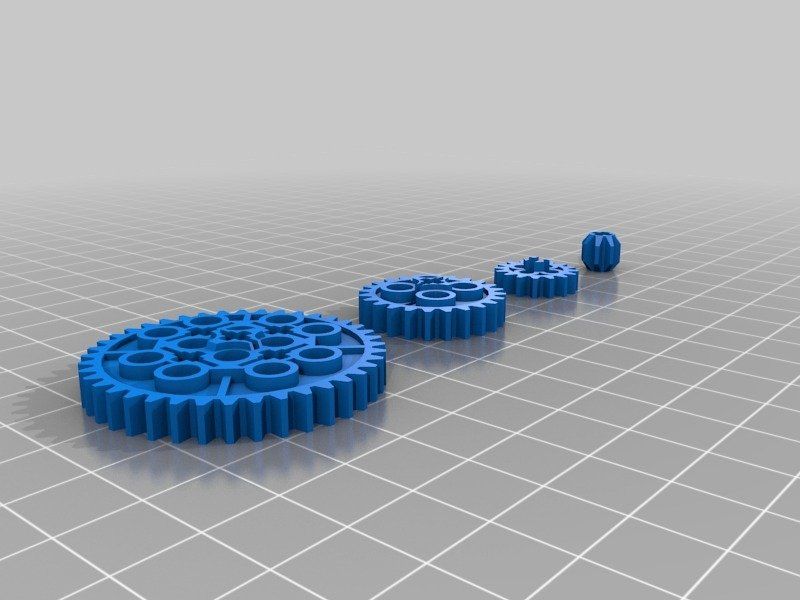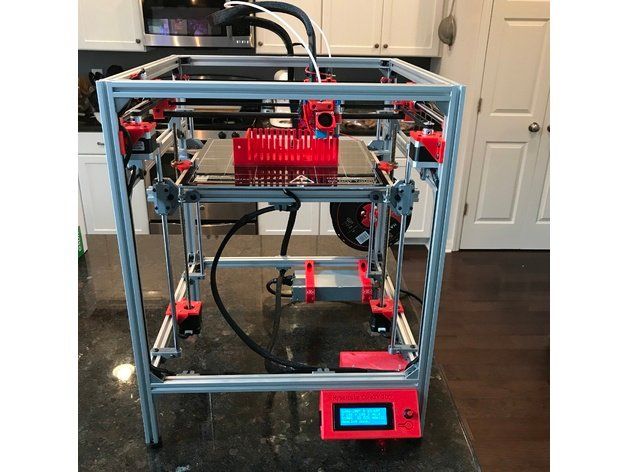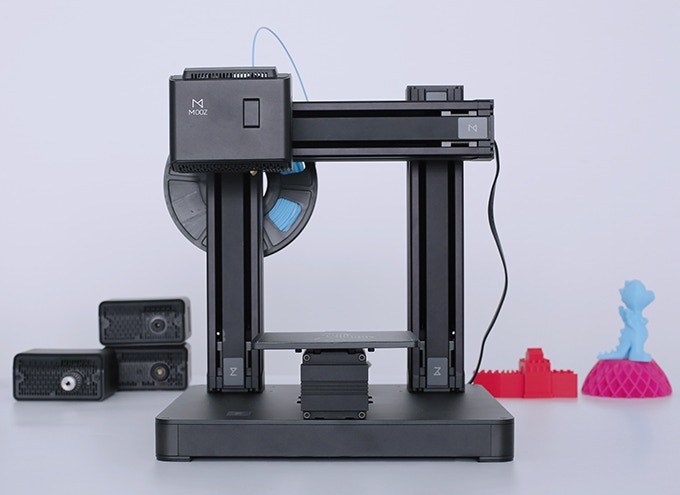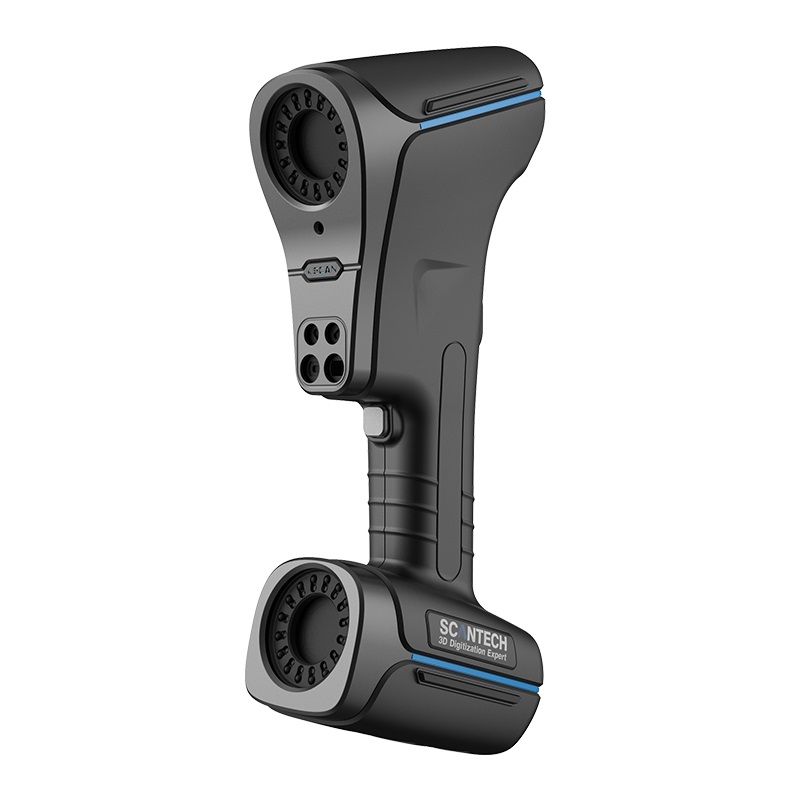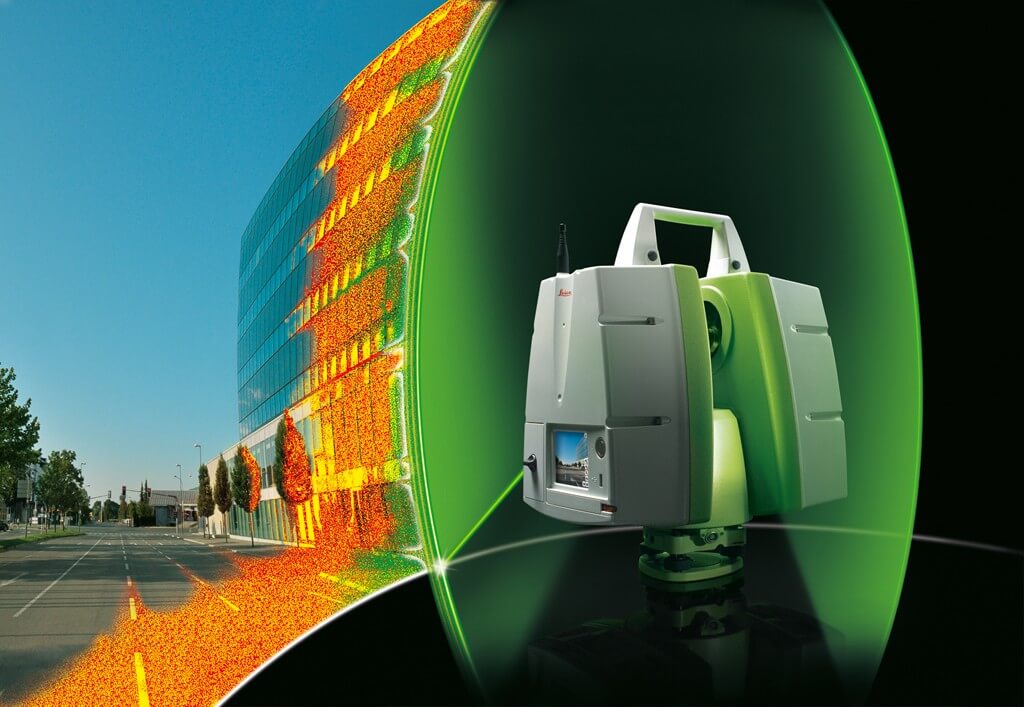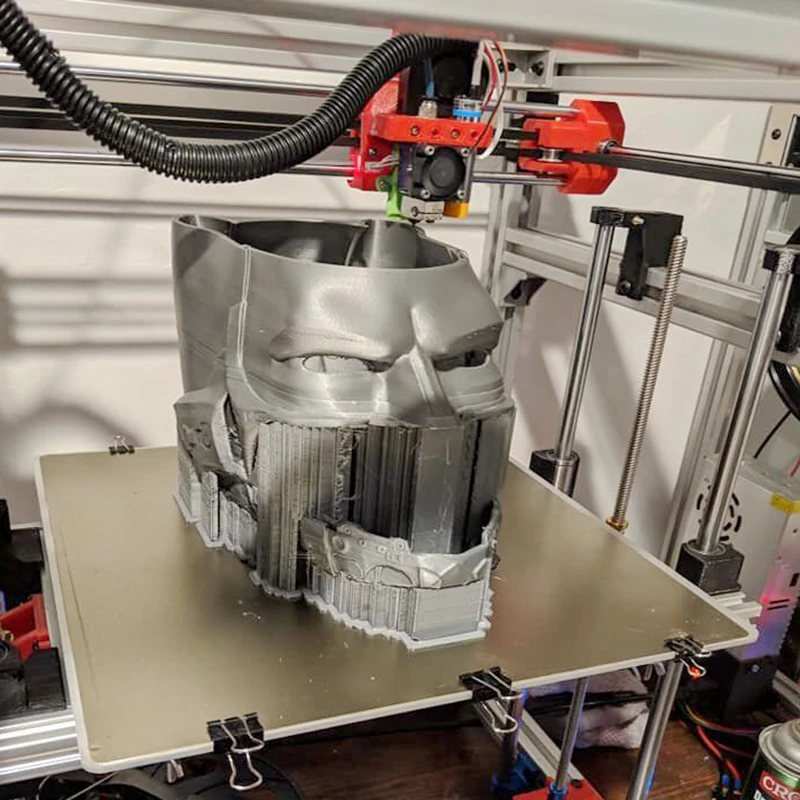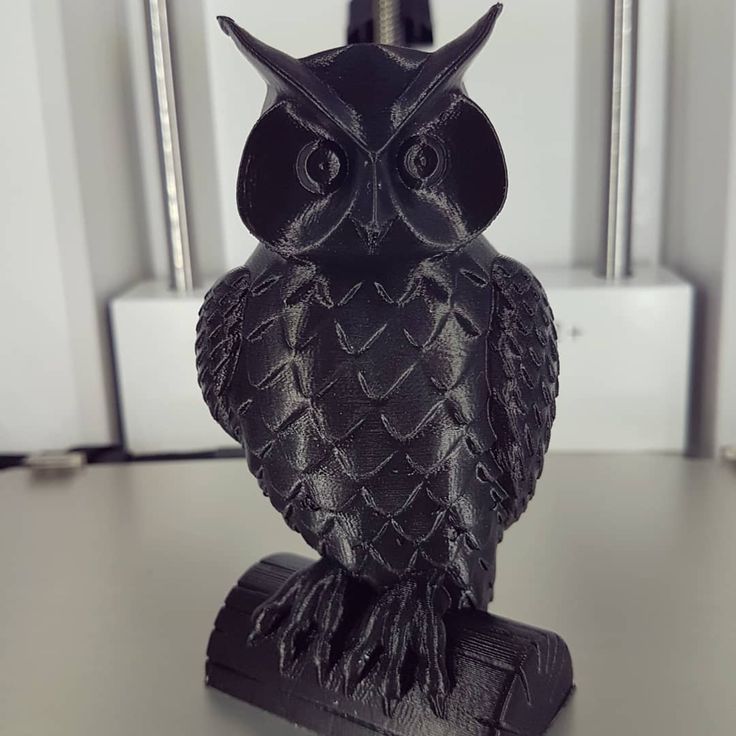Digital light synthesis 3d printing
DLS 3D Printing Technology - Carbon
The Carbon DLS™ Process
Digital Light Projection: UV Light Shapes the Part
The Digital Light Synthesis process is driven by Carbon’s groundbreaking Continuous Liquid Interface Production™, or CLIP™. CLIP is a photochemical process that cures liquid plastic resin into solid parts using ultraviolet light. It works by projecting light through an oxygen-permeable window into a reservoir of UV-curable resin. As a sequence of UV images is projected, the part solidifies and the build platform rises.
Oxygen-Permeable Optics: Fast Printing via the “Dead Zone”
The heart of the CLIP process is the “dead zone”—a thin, liquid interface of uncured resin between the window and the printing part. Light passes through the dead zone, curing the resin above it to form a solid part without curing the part onto the window. Resin flows beneath the curing part as the print progresses, maintaining the “continuous liquid interface” that powers CLIP and avoiding the slow and forceful peeling process that is inherent to many other resin-based printers.
Dual-Cure Materials: Mechanical Properties Set by Heat
Traditional resin-based 3D printing processes produce weak, brittle parts. Carbon overcomes this by embedding a second heat-activated programmable chemistry in our materials. Once a part is printed on a Carbon printer, it’s baked in an oven. Heat sets off a secondary chemical reaction that causes the materials to adapt and strengthen, taking on exceptionally strong characteristics. This produces high-resolution parts with engineering-grade mechanical properties.
The Results? Isotropic Parts with Exceptional Surface Finish
3D printed parts are notoriously inconsistent. Because of a layer-by-layer process, conventional 3D printed materials often exhibit variable strength and mechanical properties depending on the direction in which they were printed.
The Carbon DLS™ process, on the other hand, produces parts with predictable isotropic mechanical properties. These printed parts are solid on the inside like injection-molded parts and behave consistently in all directions.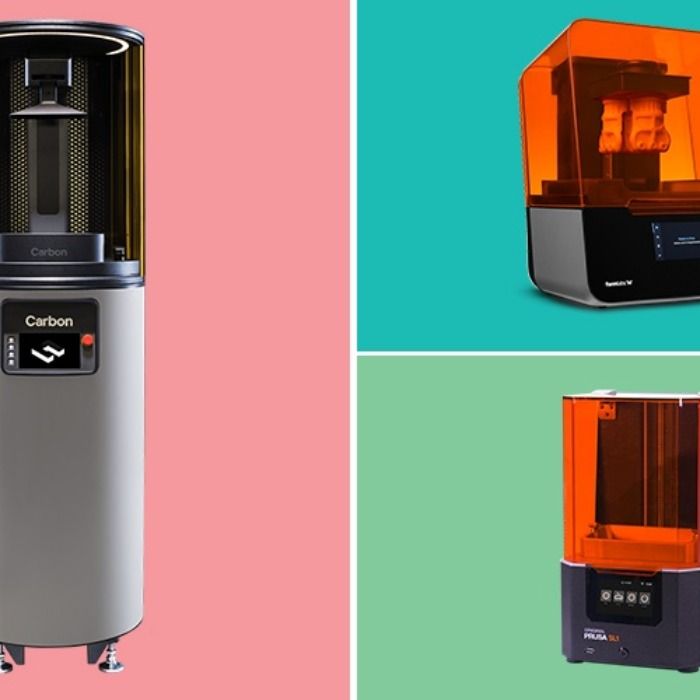 The resolution and gentleness of our process—where parts aren’t harshly repositioned with every slice—make it possible to leverage a broad range of materials that meet the surface finish and detail requirements needed for end-use parts.
The resolution and gentleness of our process—where parts aren’t harshly repositioned with every slice—make it possible to leverage a broad range of materials that meet the surface finish and detail requirements needed for end-use parts.
The Carbon Isotropic Difference
Carbon’s isotropic properties are a feature of our dual-cure materials technology. Each stage in the process contributes to the mechanical integrity of every printed part.
Stage 01: Print
The isotropic difference of parts printed on the Carbon platform is due in part to the dead zone. In this small region, a thin layer of oxygen prohibits curing closest to the window with its effect falling off to zero at ~20 µm from the surface of the window.
Liquid resin begins to intersect and cure along the z-axis as light escapes the oxygen layer of the dead zone.
Stage 02: Bake
The isotropy of each printed part is reinforced with a thermal curing stage. Here, a secondary reaction creates a molecular weaving, adding strength in all directions.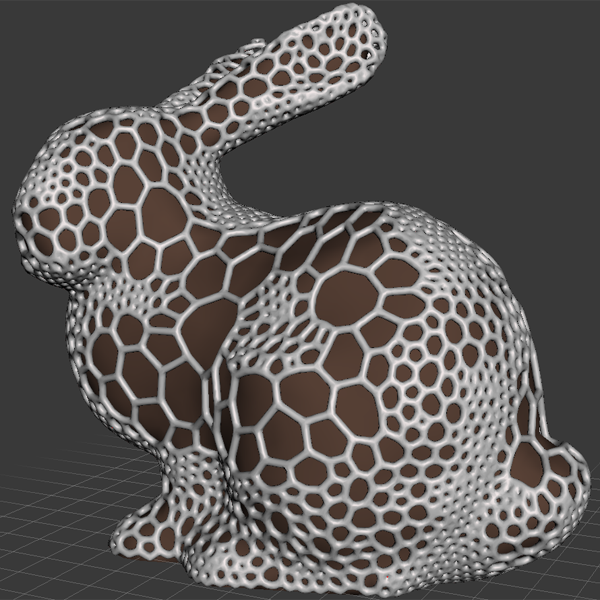
Fully Dense Parts with End-Use Quality
Unlike powder-bed fusion 3D printing technologies, Carbon technology produces fully dense parts.
Why the Carbon DLS™ Process?
Accelerate Every Step of Product Development
Rapid Design Iterations
Test dozens of designs in the time it used to take to try one.
Functional and Rapid Prototyping
Don’t settle for fragile prototypes. Bring your designs to life with the industry’s best materials, then start testing and iterating immediately.
Scale to Production
Seamlessly transition into production, while still having the ability to revise your designs immediately and without retooling. Scaling has already been done by leading brands like adidas, Specialized, and fizik.
Find the Perfect Design for Your Application, Not the Mold
Undercuts and Undrafted Walls
Moldability constraints don’t apply here. Enjoy the freedom of designing with undercuts and perfectly straight walls without sacrificing manufacturability.
Performance-oriented Lattices
Lattices allow you to specify your required characteristics at every millimeter. Determine your product’s ideal mechanical response and leverage Carbon Design Engine™ software to generate the right lattice for it.
Consolidated Parts
A single printed part frequently offers better overall mechanical performance than an assembled part. Streamline production with reduced SKUs and less labor by consolidating assemblies.
Discover New Aesthetics
Customization
With no tooling costs, you’re free to make every unit unique. Offer personalized designs, or build entire products around individuals.
Surface Design and Textures
Enhance your parts by applying textures to complex curved surfaces like grips and enclosures with Carbon design software.
Perfecting Product Design with the Carbon DLS™ Process
3D printing sends modern design soaring, giving designers and engineers the freedom to bring their most inspired ideas to life without the constraints of molding or machining.
Learn about how the Carbon DLS™ process unlocks a new world of design.
Read more
Ready to Get Started?
Contact us to see if the Carbon DLS™ process is the right fit for your production needs.
Contact us
Carbon 3D Printers
The L and M Series printers and Smart Part Washer offer versatility and enable scalable manufacturing.
Learn More
Materials
Find the right material for your project, from consumer product elastomers to high-temperature automotive materials.
Learn More
Carbon Design Engine
Design high-performance conformal lattices to improve product performance and speed up print time.
Learn More
3D as It’s Meant to Be
Breaking Down the Carbon Digital Light Synthesis™ Process
The adidas 4D midsole, Riddell Diamond helmet liner, and Specialized S-Works Power saddle with Mirror have one thing in common: They are the world’s highest-volume 3D printed consumer products. At the heart of these next-gen products lies the innovation that made it possible: Carbon Digital Light Synthesis™ (DLS™).
At the heart of these next-gen products lies the innovation that made it possible: Carbon Digital Light Synthesis™ (DLS™).
What is Carbon Digital Light Synthesis™?
Carbon Digital Light Synthesis™ (DLS™) is a rapid 3D-printing process that uses digital light projection, oxygen permeable optics, and programmable liquid resins to produce polymeric parts with exceptional mechanical properties, resolution, and surface finish. The Carbon DLS system allows engineers and designers to iterate faster and deliver radically reimagined products by introducing consolidated parts, impossible geometries, and programmable lattice structures. Carbon DLS is driven by Carbon’s CLIP™ process joined with our liquid resins, which range from elastomeric and rigid polyurethanes, to silicones, cyanate esters, and epoxies.
What is CLIP?
CLIP, short for Continuous Liquid Interface Production™, uses digital light projection in combination with oxygen permeable optics. CLIP is a photochemical process that continuously cures liquid resin into solid plastic parts using ultraviolet light.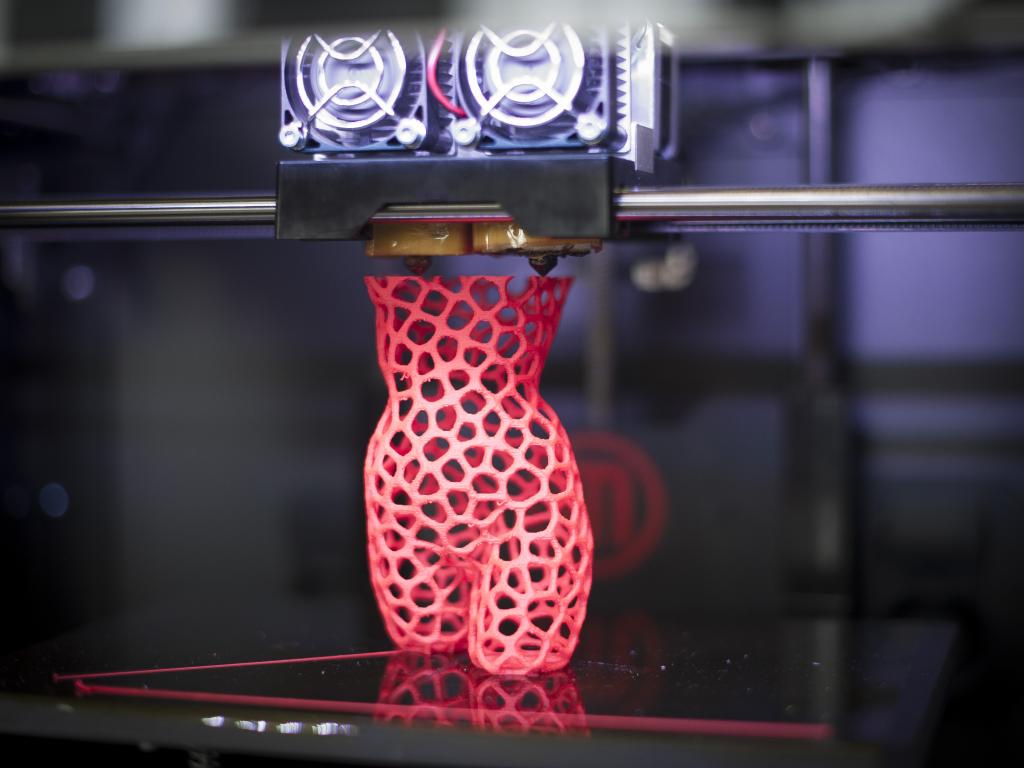 It works by projecting light through an oxygen-permeable window into a reservoir of UV-curable resin. As a sequence of UV images are projected, the part solidifies as the build platform rises.
It works by projecting light through an oxygen-permeable window into a reservoir of UV-curable resin. As a sequence of UV images are projected, the part solidifies as the build platform rises.
A key aspect of the CLIP process is the “dead zone” — a thin, liquid interface of uncured resin between the window and the printing part. Oxygen presence allows light to pass through the dead zone, curing the resin above it to form a solid part without the part adhering to the window. Resin flows beneath the curing part as the print progresses, which maintains the “continuous liquid interface” that powers CLIP and avoids the slow layering process inherent to many other resin-based printers.
What makes parts printed with Carbon DLS great?
Traditional resin-based 3D printing processes produce weak, brittle parts. Carbon overcomes this by embedding a second heat-activated chemistry in our materials. When using one of our dual cure resins, UV light sets the shape of a part as it prints on a Carbon printer.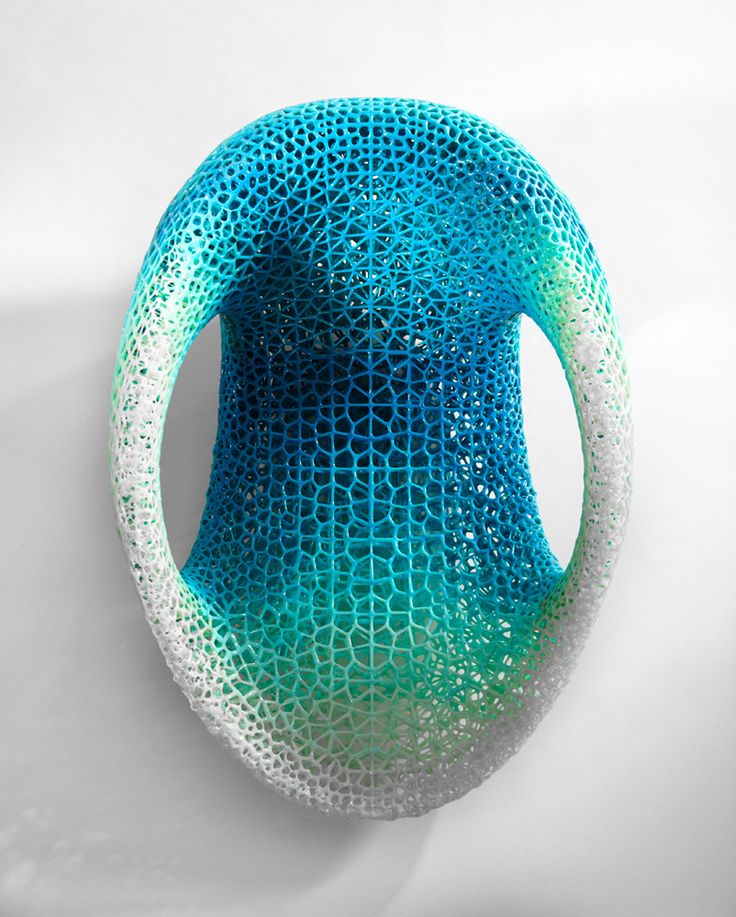 The part then undergoes a secondary heating step to set the properties. This secondary thermal cure results in robust, engineering-grade mechanical properties comparable to traditional manufacturing plastics and parts with surface finishes equivalent to injection-molded parts.
The part then undergoes a secondary heating step to set the properties. This secondary thermal cure results in robust, engineering-grade mechanical properties comparable to traditional manufacturing plastics and parts with surface finishes equivalent to injection-molded parts.
How can Carbon DLS fit into my manufacturing efforts?
With excellent accuracy, surface finish, and mechanical properties, the Carbon DLS system has a role in manufacturing at any scale—from low-volume production runs that wouldn’t be feasible with injection molding, to high-volume production that takes advantage of unmoldable geometries and novel designs.
At any production scale, Carbon DLS can accelerate your product development process—in some cases, from years down to weeks—by allowing you to prototype and produce on the same platform, and giving you a cost-effective bridge to high-volume manufacturing.
Request Sample Parts
Interested in getting your hands on some parts printed with Carbon DLS? Request sample parts by reaching out to us at sales@carbon3d.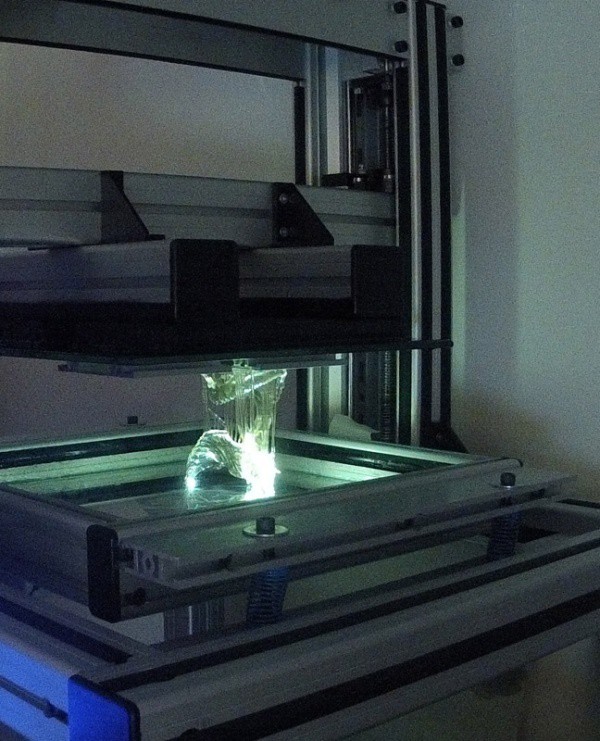 com.
com.
Reactors for photochemistry will be printed on a 3D printer right in the laboratory and in one day
998
Bookmark
Russian chemists demonstrated how to make photoreactors for fine organic synthesis in the laboratory using additive technologies, or 3D printing. The devices allow a number of important reactions to be carried out that require a stable temperature and irradiation with light of a certain wavelength. The development of this approach will help speed up and reduce the cost of introducing unique equipment into scientific practice. The results of the project, supported by a grant from the Russian Science Foundation (RSF), are published in Scientific Reports. nine0015
Model illustrating the simultaneous performance of several experiments using compact metal photoreactors (left) and the photochemical synthesis of a large amount of material in a laboratory-fabricated thermoplastic polymer fusing reactor (right).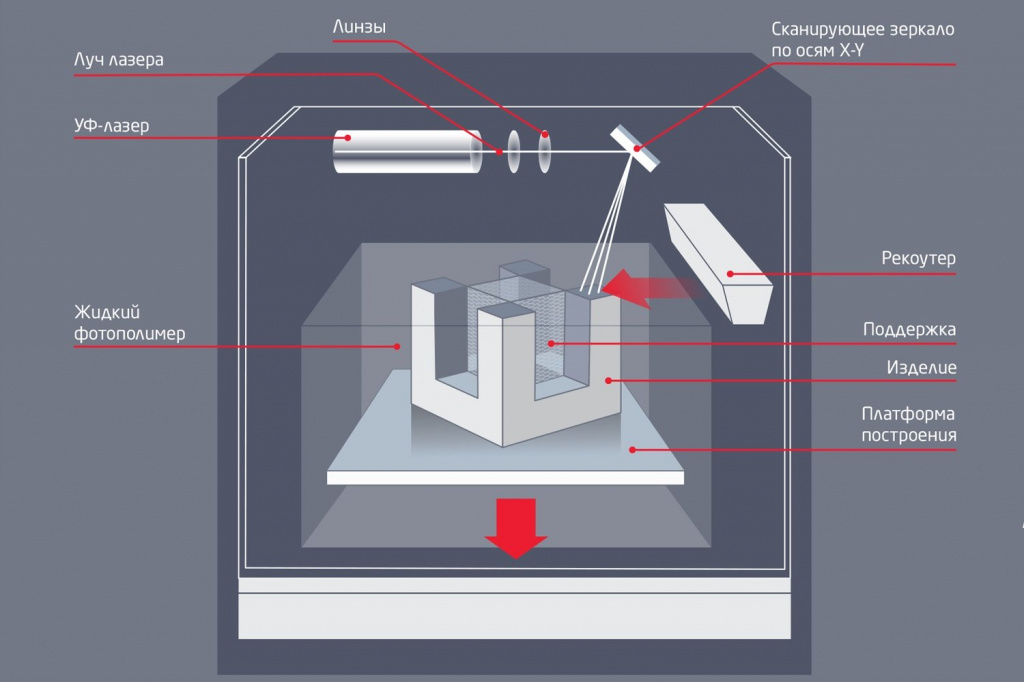 Source: Evgeny Gordeev
Source: Evgeny Gordeev
Additive manufacturing methods, known as 3D printing, are actively used in many areas of engineering, medicine, science and education. Today it is difficult to find a sphere of material production in which there would be no effective application of 3D printing. The huge potential of additive methods is due to their high versatility, almost complete wastelessness, variety of structural materials used and, in many cases, relative ease of use that does not require special engineering skills. nine0006
Russian scientists from the Institute of Organic Chemistry named after N.D. Zelinskiy RAS (Moscow) successfully implemented 3D printing in the scientific work of the chemical laboratory. A team of young researchers from the Laboratory of Metal Complex and Nanoscale Catalysts, led by Academician Valentin Ananikov, designed and manufactured compact universal photoreactors for fine photochemical synthesis, which makes it possible to obtain a number of valuable organic compounds.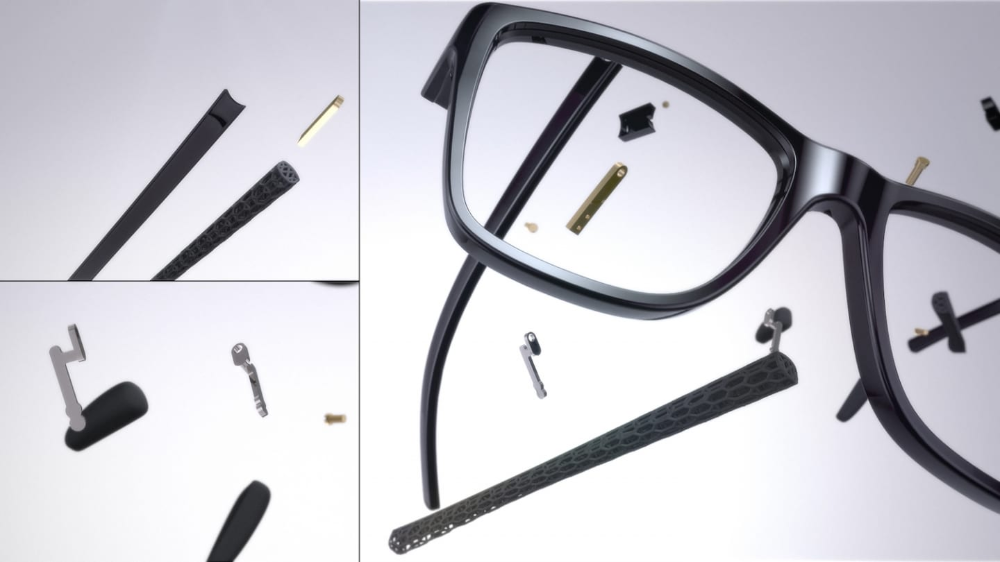 The reactors were fabricated by selective sintering of metal powder and fusing of thermoplastic polymer material. The first approach makes it possible to obtain complex products from a variety of metal alloys, while the second approach has proven to be an inexpensive and efficient way to produce products from a variety of thermoplastic plastics and compositions based on them. nine0006
The reactors were fabricated by selective sintering of metal powder and fusing of thermoplastic polymer material. The first approach makes it possible to obtain complex products from a variety of metal alloys, while the second approach has proven to be an inexpensive and efficient way to produce products from a variety of thermoplastic plastics and compositions based on them. nine0006
The photoreactors obtained in the project have a number of advantages over traditional photochemical equipment: they can be adapted to light sources of different wavelengths, they are characterized by low cost, especially when plastics are used, and they allow for quick changes in the design. The latter feature is one of the fundamental advantages of 3D printing: a reactor with a new, more optimal design can be manufactured directly in a chemical laboratory within one working day and immediately tested in an experiment. nine0006
The authors have shown that stainless steel metal reactors can be used for serial experiments with various chemical substrates or photocatalysts. Photoreactors made of plastic, which differ from metal photoreactors in a significantly larger volume, make it possible to scale up organic synthesis to obtain products in significant quantities. Both types of reactors can maintain a given temperature, which is important for increasing the yield and selectivity of chemical synthesis, i.e., the target product will be formed in the process, rather than side compounds. The effectiveness of the new equipment was demonstrated using a number of critical chemical reactions for the formation of carbon-carbon and carbon-sulfur bonds. nine0006
Photoreactors made of plastic, which differ from metal photoreactors in a significantly larger volume, make it possible to scale up organic synthesis to obtain products in significant quantities. Both types of reactors can maintain a given temperature, which is important for increasing the yield and selectivity of chemical synthesis, i.e., the target product will be formed in the process, rather than side compounds. The effectiveness of the new equipment was demonstrated using a number of critical chemical reactions for the formation of carbon-carbon and carbon-sulfur bonds. nine0006
« We expect our development to become part of everyday laboratory practice in the near future. Additive manufacturing opens up great opportunities for creating new chemical equipment directly in the chemical laboratory ,” says Yulia Burykina, project manager for the grant, Candidate of Chemical Sciences, leading researcher at the N.D. Zelinskiy RAS.
Information and photos provided by the press service of the Russian Science Foundation
Posted by Irina Usik
3D printing IOC RAS photoreactors
Information provided by the Information Agency "Scientific Russia".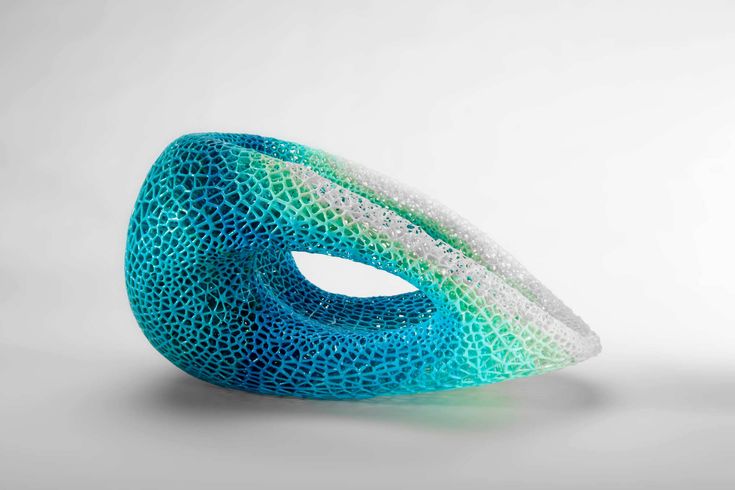 Mass media registration certificate: IA No. ФС77-62580, issued Federal Service for Supervision of Communications, Information Technology and Mass Communications on July 31, 2015.
Mass media registration certificate: IA No. ФС77-62580, issued Federal Service for Supervision of Communications, Information Technology and Mass Communications on July 31, 2015.
SCIENCE FOR CHILDREN
A thousand year old man and his companions. Where did Santa Claus come from and what is his name
10:30 / History
Publishing activities of the Russian Academy of Sciences. Meeting of the Presidium of the Russian Academy of Sciences 01/17/2023 - Live broadcast!
10:00 / Science and society
Birthday of Academician Christ Tahchidi
10:00 / Healthcare, medicine, person
James Webb photographed a dust disk around a nearby red dwarf
18:08 / Astronomy / Astronomy, scientists SPbPU has developed an effective method to combat Alzheimer's disease
17:20 / Medicine, Neurosciences
Scientists of the IPEE RAS for the first time investigated the family ties of high-mountain pikas
16:20 / Biology
Glial cells help to navigate in space
15:30 / Neurosciences of a new generation of biosensors 9002 develop microbial sensors 9002 , which will determine the quality of water 100 times faster
15:20 / Chemistry, Ecology
Scientists have developed a technology for creating sensitive optical devices
14:20 / Physics
I. V. Kurchatov. The success story of the atomic project
V. Kurchatov. The success story of the atomic project
In memory of the great scientist. Science in the global world. "Obvious - incredible" broadcast 05/10/2008
03/04/2019
In memory of the great scientist. Nanotechnologies. "Obvious - incredible" broadcast 08/3/2002
03/04/2019
Remembering Sergei Petrovich Kapitsa
02/14/2017
0006
3D printing will change the market - CRE
Plot
It is quite possible that by the end of this year mass production of goods (and their components) using 3D printing.
05/25/2017
5980
It is quite possible that by the end of this year mass production of goods (and their components) using 3D printing.
As is known, this seal has been used in mainly for prototyping new models or for production non-standard details. But printing technology has already improved significantly.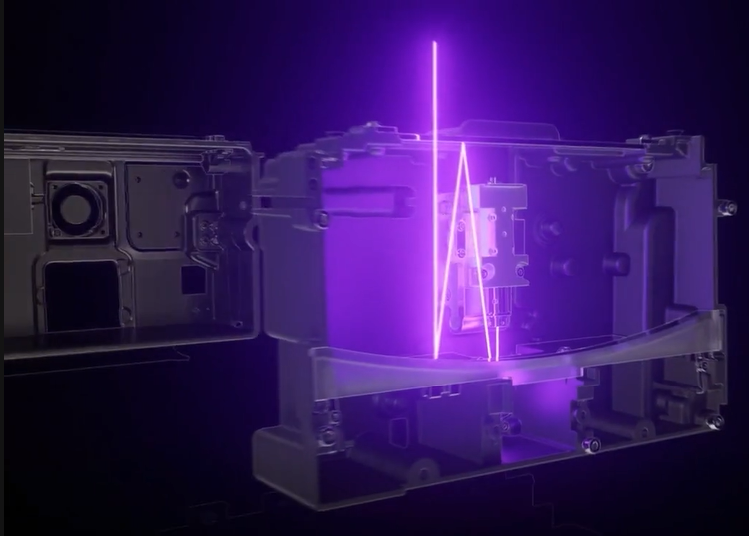 and are now quite suitable for the manufacture of ordinary consumer goods. nine0006
and are now quite suitable for the manufacture of ordinary consumer goods. nine0006
Adidas sneakers are now in production, their the soles are printed on the printer and resemble the roots of a plant. adidas found startup Carbon, which has already raised a $222 million investment. Carbon printers use digital synthesis using light, thanks to which the liquid polymer hardens under the influence of ultraviolet and oxygen. What is characteristic of the quality of the products obtained in this way is not inferior to the cast ones. Performance and cost are also competitive, at least when circulation of tens of thousands of copies. nine0006
HP and Desktop Metal also do not stand aside and adapt inkjet printing technologies for new purposes. These companies are refusing traditional 3D printing technology. HP is working with BASF in particular to create special polymer powders for their 3D printers. And Desktop Metal uses metal powders.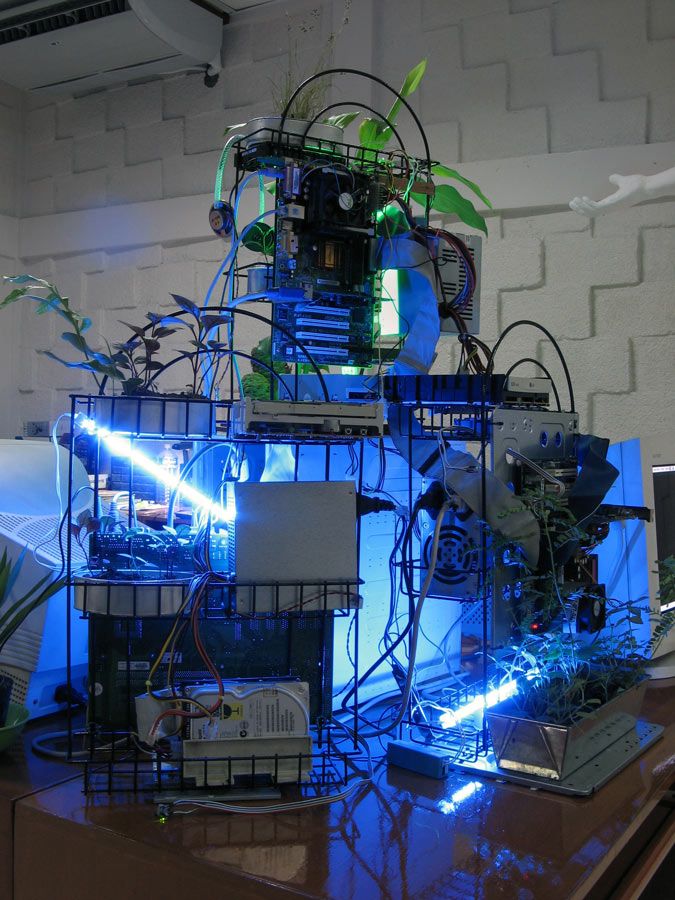
Why, with such a rapid development of 3D printing not yet widely used in production? The main reason is its high cost, but it's temporary. The cost of 3D sneakers has not yet been reported, but it is clear that it will be a premium product. By the end of this year, Adidas will deliver about 5,000 pairs printed sneakers, and by the end of 2018, more than 100,000 pairs. nine0006
Coming soon in everyday goods will be contain components printed on a 3D printer. Among the pioneers are Oechsler, which produces components for German automakers, and Caterpillar, dealing with construction equipment.
Share
Related content
nine0002 PlotThe future is here: the first 3D building in Dubai
The world's first office building opened in Dubai, which was created using 3D printing technology.
08.06
CRE magazine 22-1 (421)
December (2) - January (1)
The magazine was published in print format. PDF version of the magazine can be found HERE Released with the support of: Spectrum group of companies MD Facility Management mmg City&Malls PFM TECHNOPARK PERERVA Comcity RD Management Pioneer group of companies Raven Russia UK Zeppelin Gals-Development ricci Avito Nikoliers IN THE ISSUE WE SUMMARIZE THE RESULTS OF 2022: PERSONS OF THE YEAR The fate of their companies, like a drop of water, reflected everything that happened to the market in this...
- subscribe
- read
Popular
Source: cre.ru
Rating
Top 10 most read news of the week (December 26-30)
New openings in the shopping centers of St.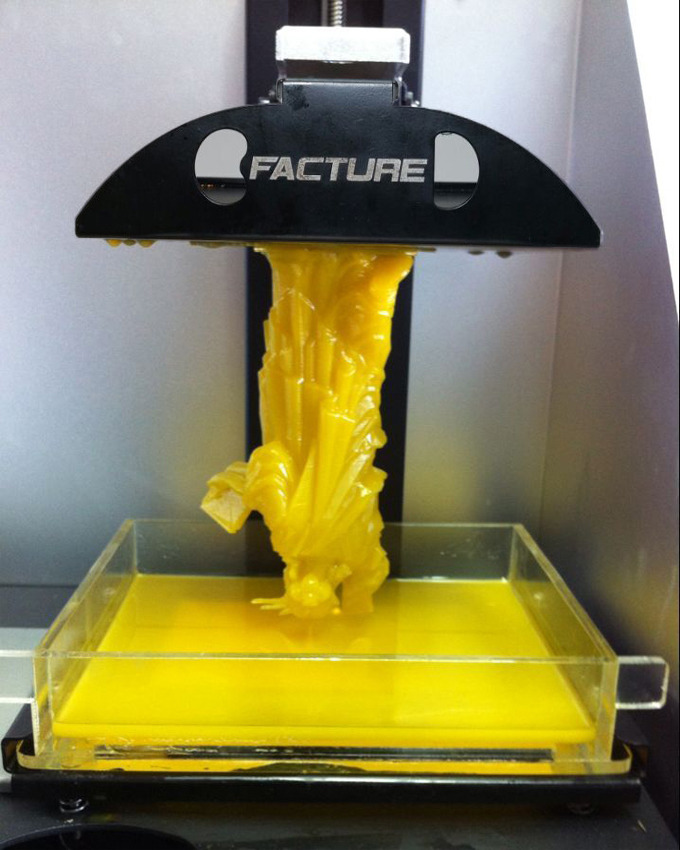 Petersburg, Moscow and Novosibirsk, one of the largest office lease transactions and a landmark deal for the flexible space market, the sale of the Metropolis shopping and entertainment center and other articles - we recall how 2022 ended in our traditional section of the most read news for the week. nine0006
Petersburg, Moscow and Novosibirsk, one of the largest office lease transactions and a landmark deal for the flexible space market, the sale of the Metropolis shopping and entertainment center and other articles - we recall how 2022 ended in our traditional section of the most read news for the week. nine0006
08.01
Source: Stars Coffee
Deal
Russian OBIs changed ownership again
The Modul-2 company became the main owner of the hypermarket chain, which may be associated with the Sindika holding of the ex-president of Kabardino-Balkaria and senator Arsen Kanokov.
09.01
Source: CRE
Expert analysis
He is the hardest
Offline enters into a decisive battle with online, experts say: traffic is falling in shopping centers, and this is despite half-closed borders and the absence of other entertainment for a significant part of the country's inhabitants. Buyers miss outdated brands, content in movie theaters, and amid constant stress, they generally don’t want to leave the house once again. The British Collins English Dictionary has already named the term permacrisis (from permanent crisis) as the main word of 2022 for most countries of the world. nine0116
Buyers miss outdated brands, content in movie theaters, and amid constant stress, they generally don’t want to leave the house once again. The British Collins English Dictionary has already named the term permacrisis (from permanent crisis) as the main word of 2022 for most countries of the world. nine0116
Text: Ivan Maiorov. CRE Retail magazine.
09.01
Source: CRE
Expert analysis
Universal Format
Experts call multifunctional complexes the best anti-crisis format, but it is becoming more and more difficult to guess with the correct mixed-use.
Text: Ivan Maiorov. Magazine CRE. nine0015
10.01
Source: Malltech
Opening
Bona Fide debuts in Perm
The first store of the women's clothing brand in the city began its work in the SEC "Planeta".